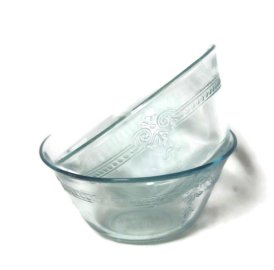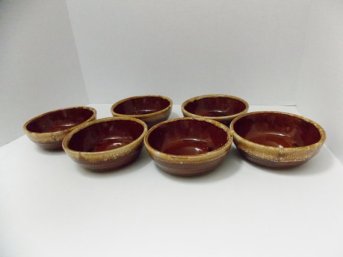When I was growing up, I distinctly remember our dishes. I can see myself reaching in the cupboard for these oatmeal colored bowls and dishes with a country blue pattern. They looked like this.

Every time I see these dishes, it takes me back to that split ranch and the smell of onions for spaghetti sauce cooking … I’m Italian and the sauce was cooked faithfully every Sunday. It’s one of my favorite memories. The stoneware we had was by Pfaltzgraff. I prefer some of their other patterns but my mom liked the one above and still has some of those old pieces from the 1970s and 80s kicking around.

Pfaltzgraff is a company that has been in business since the late 1800s. But we need to go back to the mid-1800s when Johann Pfaltzgraff, a potter, and his wife Elenora arrived in America and set up a pottery business.
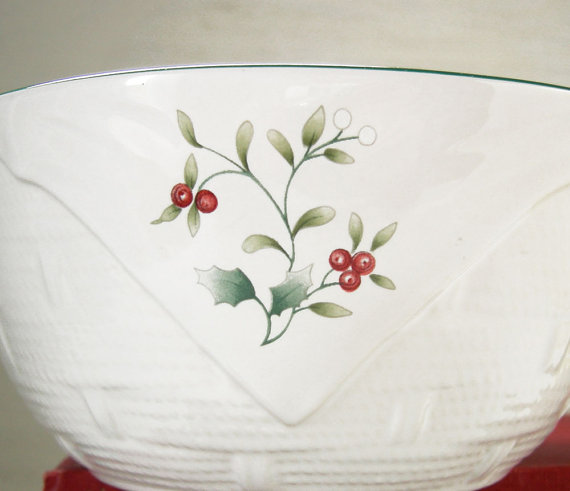
According to the Pfaltzgraff website, Johann moved to Freystown, which is now part of York, before he finally settled in York, a part of Pennsylvania.
Johann died in 1873 and 5 of his 10 children went into the business. His sons all became skilled potters as many children followed their parents footsteps into family businesses back then.

The earliest known pieces are by his son John B. Pfaltzgraff made at their Manchester Pottery company. This pottery used the local red clay known as earthenware. The Pfaltzgraff website states that their customers were starting to look for sturdier salt-glazed stoneware over the earthenware pieces. The Pfaltzgraffs needed to adapt and began importing higher quality clay from Ohio (the most likely place this would have come from at the time).

In 1894 George and Henry, two of Johann’s sons, created the partnership that would become the Pfaltzgraff Company as it is today. That first company was called “The Pfaltzgraff Stoneware Co.”

They soon outgrew their space and felt the need to expand, and wisely decided to build near a railroad that would expedite their shipments to customers and reach a larger market. They opened this factory in York City located in south central Pennsylvania.
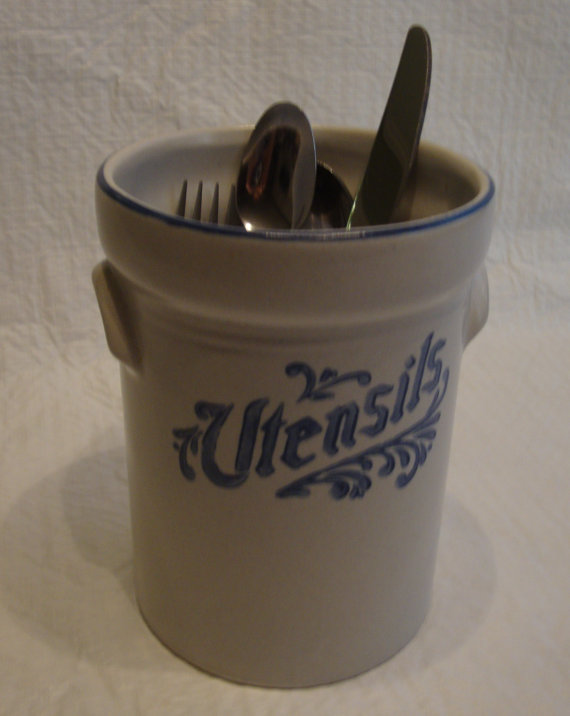
Two more buildings were added on over the next 8 years. Unfortunately, this factory burned down in 1906 but they managed to salvage some bricks and girders to rebuild the new factory in West York where it is still in operation. Such a rich history that started with one man and one woman.
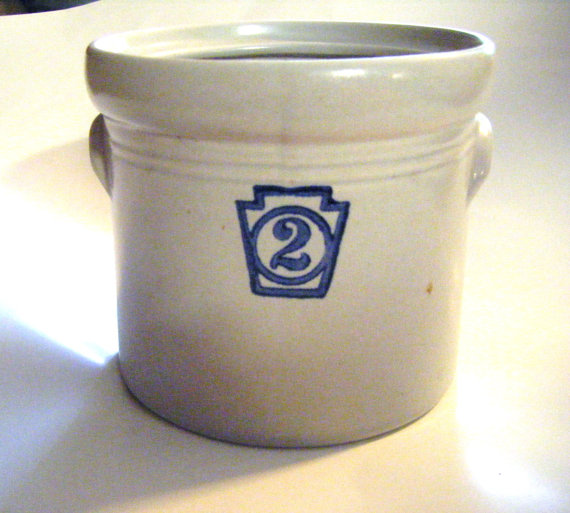
You can find even more information on this fascinating company that is a true testament to hard work and dedication at the Pfaltzgraff website.
If you have a chance, leave me a note here or stop by the Vintage Eve’s store and check out some more vintage treasures!

I like to party at Adirondack Girl @ Heart!







